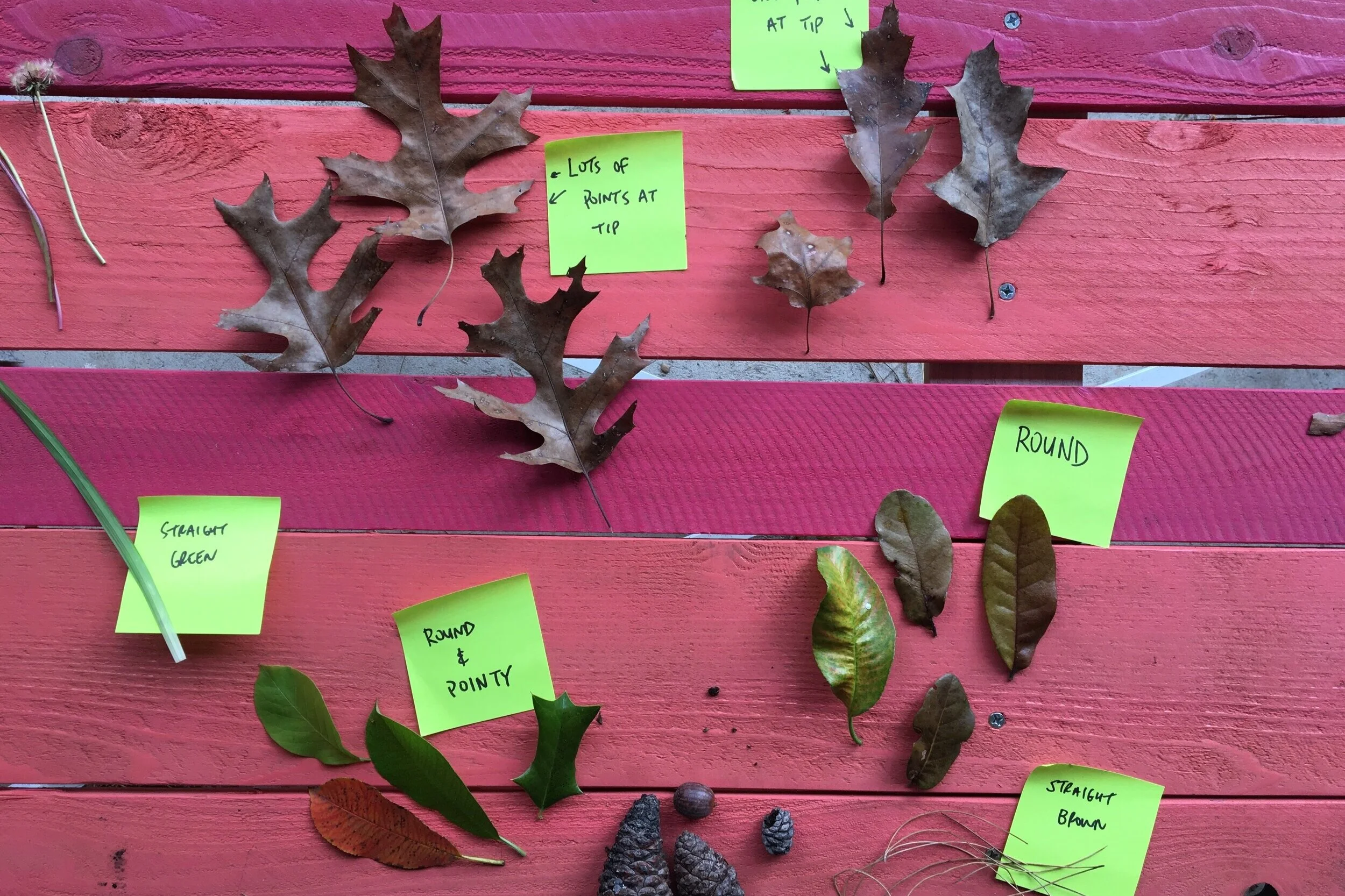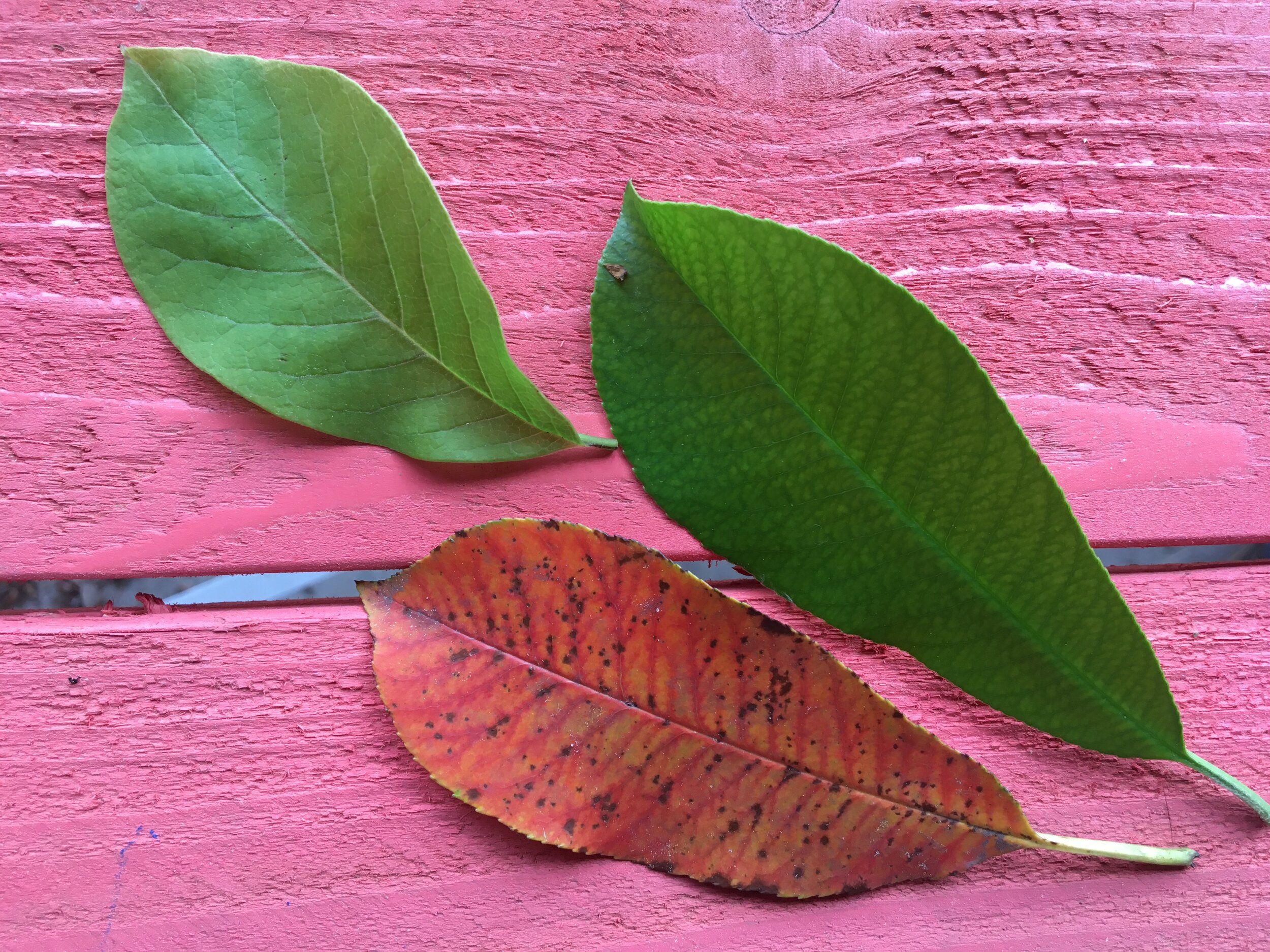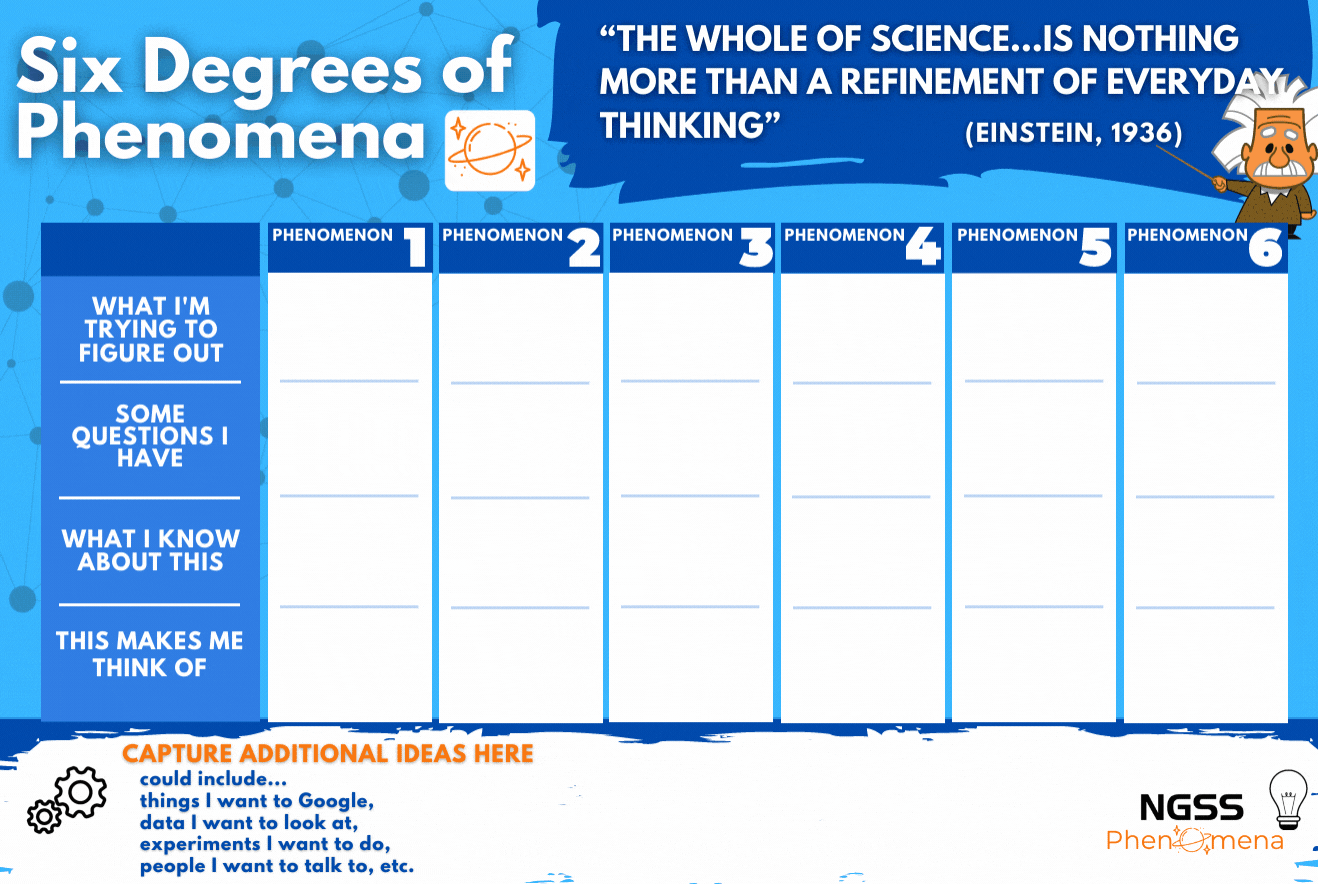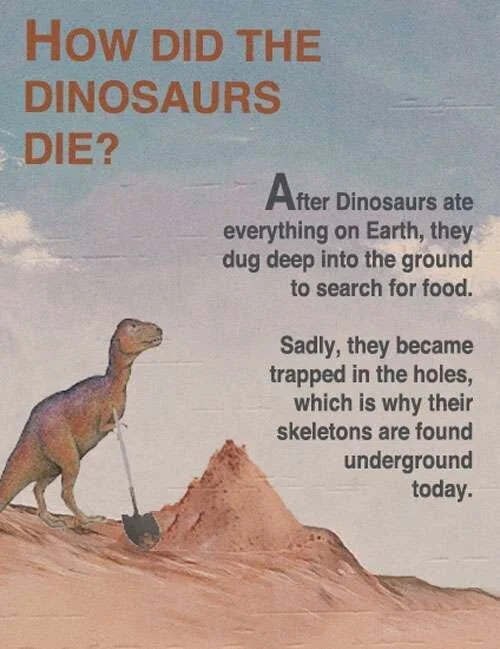How do we keep science in the conversation at home?
Welcome to the Virtual Science Education blog post. People are publishing survival guides for parents at home. Instead, we are choosing to focus on what you can do with, well, anybody - your children, your parents, your neighbors, your friends, or for some stimulating individual time - to explore the world around you and think about science together.
What can we do at home to have fun with science?
Children love talking and reading science with people in their community. Often they are not only excited by the world around them but bursting with questions about the things they see that just don’t seem to make sense just yet. With the potential for students to be learning virtually or just spending more time at home, there is a need for parents to be able to find high quality and engaging science resources to stimulate and encourage learning at home.
But science is more than facts that old people figured out a long time ago and put into books - science is exploring and asking questions and being wrong and…having fun. So, let’s think about one possible way to bring real science home.
What Can We Find Around Us If We Really Look?
Spring is upon us. Take a walk outside and explore your surroundings. What changes has spring brought? Are the buds swelling ready to pop forth leaves? What is left over from last summer and fall? Where do all those leaves and brown parts of the grass even go?
There is one spot we walk by every day where the dandelions have been growing blooming, turning to seed, blowing in the wind and the leftover stems - all stages were evident in this little patch. As we were watching the seeds get pushed about in the wind, we decided to take a closer look.
Sometime Science Means Slowing Down and Getting Close
We quickly noticed that the we could blow the seeds as well and that some of the flowers looked like they were either getting pushed back in or were trying to push their way out as they were covered in green with only the yellow flowery tip at top. We wondered if the tree the dandelions were growing around had anything to do with why these dandelions were there?
I mentioned that sometimes people who study plants take a little piece of one - a sample - to make a collection to study the parts in more detail. We decided to collect three samples.
After looking at and talking about the clump of dandelions and collecting our samples, we wondered what else is out here?
Grouping Our Collection So We Can Take A Closer Look
We walked around a bit and collected. We quickly realized we were collecting a lot of leaves that all looked similar. We decided we should start to put everything we collected on a table to take a closer look. As we moved from leaf to leaf we started to notice some similarities and differences.
Before we started to group, we each jotted down some ideas for groups on a sheet of paper. I used the back of an envelop and just wrote, My Grouping Ideas, on one end.
We shared some ideas for groupings, and talked about what made the most sense as we moved leaves to demonstrate our organizational thinking. We came up with names for our groups, things like - Round, Round and Pointy, Lots of Points at Tip and One Point At Tip.
There are no rights or wrongs for this grouping rather the purpose is to get us talking about what we notice and defending why we are putting different leaves in different groups or why we are proposing a new name for a group.
Now, What Do We Notice And Wonder About Our Leaves and Groupings?
To keep a record of our thinking, we took a scrap sheet of paper and drew a T-chart and labeled one half Notice (this is what we saw) and one half Wonder (these are the questions we have). Ideally, everyone has their own sheet and can record anything they notice and wonder throughout this investigation - when looking for samples to collect, when thinking about grouping, and when deciding upon groups.
We could easily tape this (and our grouping ideas above) into our science notebook to refer to later.
We also have a Burning Question at the bottom. This is the big question we came up with, at any point, that really captures what we are wondering about. Here, it is, what do leaves even do?
Thinking about scale - How can the big (or little) picture help us reason
No matter where you live, you can think about scale. If I look at an area of grass from afar or a single blade of grass up close, the color is different, the insects I see may be different, the shape of each blade may be different. What if you do the same with a tree - stand back and record your observations and question, and then - zoom in and inspect the bark, the soil around it and the leaves or buds.
Does everything look the same? Are roots breaking through the pavement or are they holding a stream bed together?
After you looked closely and saw new things, you can tell a story about the things you missed the first time. When we were looking at leaves, we looked at the more obvious structures and features to help us sort them. When we took a closer look at one group, we notices some really interesting lines and shapes - it was if the leaves were made of smaller parts.
We Can’t Be Everywhere But Science Connects Everything
Using picture is a great way to gain a perspective that can lead to new questions. Why are some of the trees orange and yellow and different shades of green? Why are some round and some look like silos and some look jagged and bare? How did trees ever get to the middle of the city? What is under the trees? Are the buildings sitting on top of other trees? Do trees grow the same in the city and in the forest?
Where do we go from here?
Imagine, if we could, just sit in this one place for the next year. What would we see? How would the smells change - and why? Spring has a unique odor and new sounds it brings with it. What questions would you start with - what would you look for as evidence to help you answer these questions as you made observations year-round?
What can we do with our questions about leaves to help guide us in identifying what kinds of observations we should make? How can the deliberate way we thoughtfully collected, organized, and observed the leaves help us tackle other questions we may have about motion or the stars?
Either way, we are more interested in leaves and science than when we started - we identified questions we want to answer. We have events we cannot explain that we are motivated to figure out - what do leaves even do? A very powerful question we found by looking at leaves on the ground.
Post written by Chris Zieminski and TJ McKenna for ngssphenomena.com
Comment below, or email ngssphenomena@gmail.com.


















